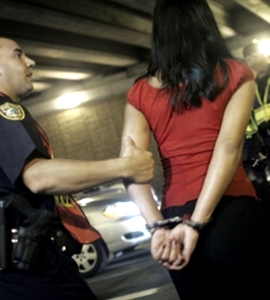
Being “cool to drive” after one or two drinks could soon be a thing of the past. In hopes of reducing drunk driving fatalities, the US National Transportation Safety Board (NTSB) has recommended lowering the legal blood-alcohol content (BAC) limit from 0.08 down to 0.05. “This is critical because impaired driving remains one of the biggest killers in the United States,” says NTSB Chairman Debbie Hersman. Drunk driving is responsible for about a third of all road deaths, and the safety board calculates that lowering the BAC threshold could save up to 800 lives a year. A typical 180 pound adult male will reach a 0.08 BAC by consuming four drinks over the course on an hour, but the 0.05 BAC limit can easily be reached with between two and three drinks. While the new standard may seem extreme to some, the US would be catching up with most developed nations, including Australia, Belgium, Canada, France, Germany, Denmark, Ireland and Switzerland, which ban driving above 0.05 BAC. Countries like China, Japan and Sweden have even lower thresholds. Still, not everyone is on board with the proposal, and a restaurant trade organization argued that an average woman reaches 0.05 BAC after only one drink. “This recommendation is ludicrous,” says Sarah Longwell, managing director of the American Beverage Institute. “Moving from 0.08 to 0.05 would criminalize perfectly responsible behavior.” The NTSB timed the recommendation on the anniversary of the deadliest alcohol-related highway crash in US history in 1988, when a drunk driver hit a school bus, killing 24 children and three adults and injuring 34 others.
